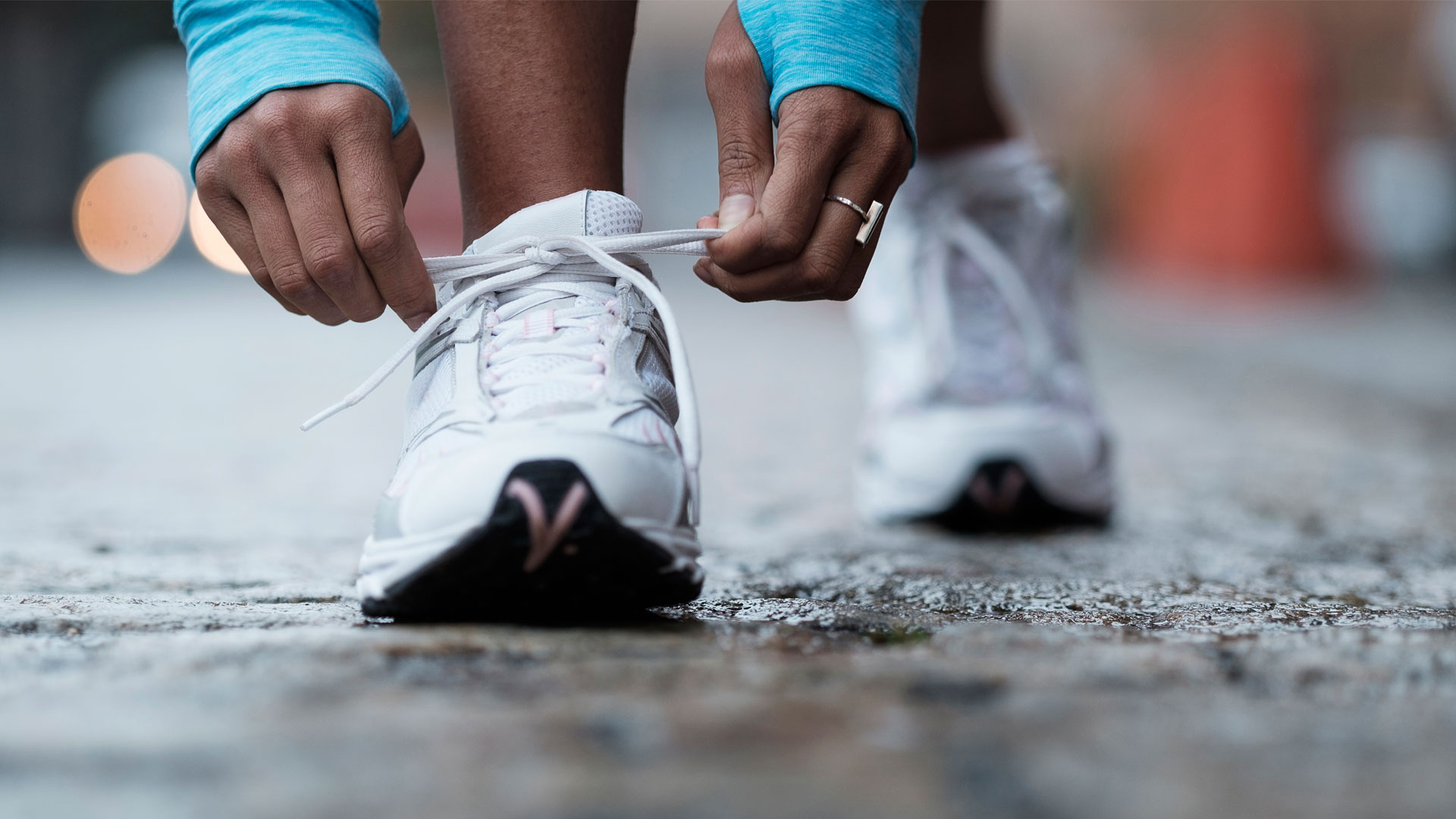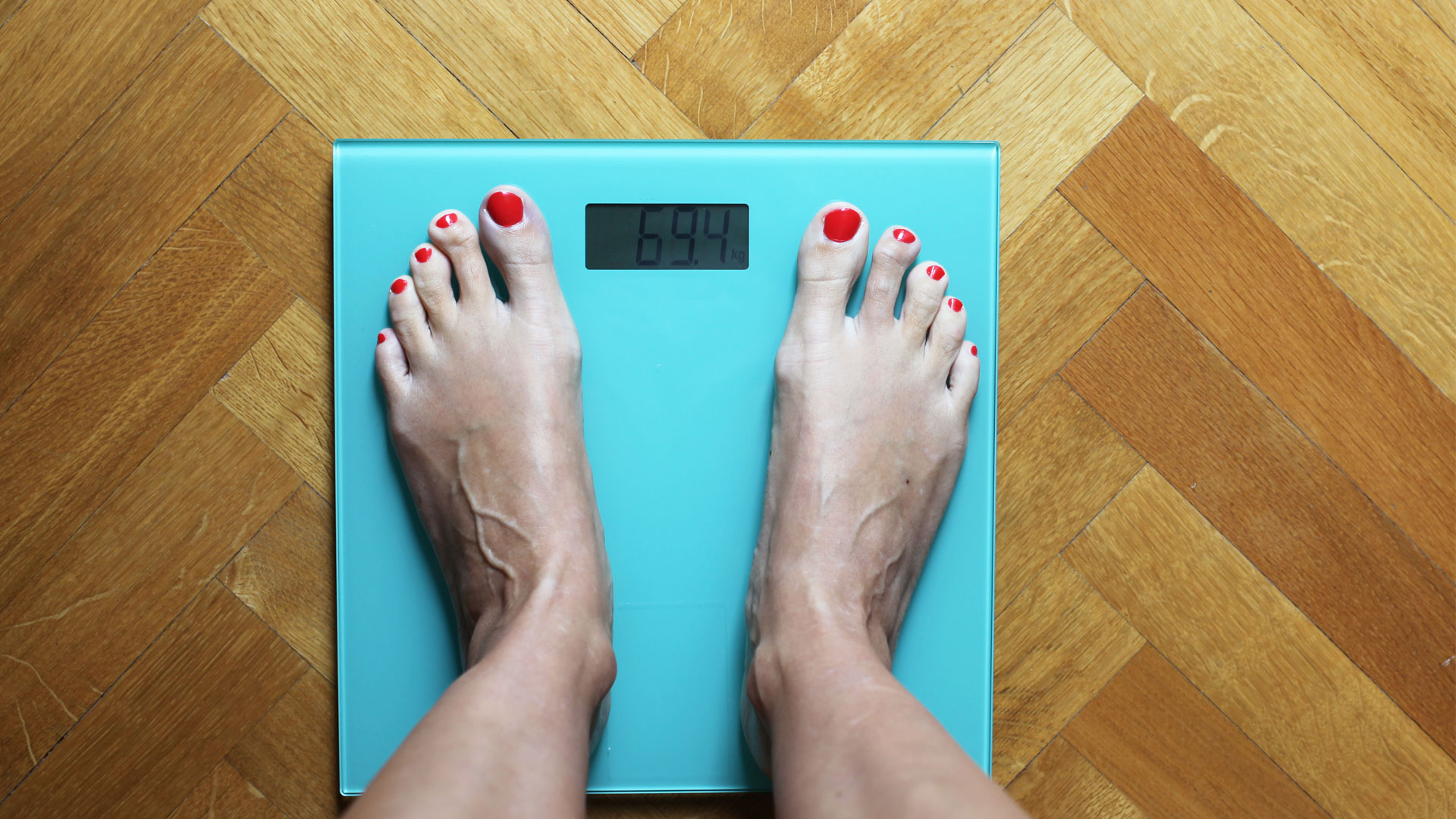Does Distance Running Burn Fat
Does running burn fat?

Running has long been a popular way to get fit, but does running burn fat? Unlike some fitness styles, it's affordable and has a relatively small learning curve for novices. Even in the last year or so, running hasshot up in popularity as a way to improve mood and get fit outdoors.
While some like to hit the streets to reach that runner's high, others prefer to jump onto a treadmill to put more miles under their belt. Running outdoors with the best running headphones is a great way to experience a variety of terrains and challenges, while a treadmill deal provides a convenient way to reap the benefits of running without facing harsh weather.
No matter how you decide to get started, running regularly can go a long way to improve your health. Here, we get into the details on whether it's possible to burn fat while running. It's a similar discuss to whether running is good for weight loss, but with some important differences.
- Related: Does running build muscle?
Running and fat burning
A one-year prospective study published in 2015 in The Journal of Sports Medicine and Physical Fitness investigated the effect of running both with and without diet changes on 538 novice runners' fat mass. Some participants were asked to change their diets and run regularly, while others simply ran the distance without a diet change. The researchers compared the loss of fat mass between those who ran 3.1 miles (5 kilometers) or more per week and those who ran shorter distances.
Researchers discovered that those who ran more than 3.1 miles per week and made targeted diet changes reduced their fat mass by 12.30 pounds (5.58 kilograms) over a year. There was a mean difference of 8.40 pounds (3.81 kg) between those who ran that distance with and without diet changes. Novice runners who ran less than 3.11 miles a week and changed their diet showed an average fat loss of 7.83 lbs (3.55 kg).
The finding concludes: "An average running distance of more than 5 km [3.11 miles] per week in runners who took up running to lose weight combined with a targeted diet change seems effective in reducing fat mass over a one-year period among novice runners." However, distance and diet are not the only factors to consider when it comes to fat loss.
High-intensity interval training, or HIIT, is promoted as a cardiovascular exercise that uses timed alternating periods of intense and relaxed exercise to increase your heart rate and burn fat more effectively. The aim is to get your heart rate to reach over 90% of your peak and then have an equal length recovery period of slower activity. This type of exercise can be performed by anyone to maximize their exercise time and challenge themselves, and is a great way to get fit.
A paper published in 2017 in the journal Sports Medicine looked into the effect of high-intensity interval training on total, abdominal and visceral fat mass over a total of 39 studies involving 617 adult subjects. This study found that HIIT reduced each type of fat mass and that running was more effective than cycling in reducing total and visceral fat mass. The "High-intensity (above 90% peak heart rate) training was more successful in reducing whole-body adiposity [amount of fat], while lower intensities had a greater effect on changes in abdominal and visceral fat mass."
Overall, researchers concluded that "HIIT is a time-efficient strategy to decrease fat-mass deposits, including those of abdominal and visceral fat mass." This means that for those of us looking to use running to burn fat, using both long-distance runs, HIIT, and targeted diet changes may be the best way to approach our health goals.
- Related: What to eat before a run

How does running burn fat?
Knowing that the body burns fat during exercise is good, but how exactly does running burn fat?
When we eat, the food is turned into energy; energy we are not using when resting, being active or eating is stored in fat cells. "The extra energy is stored in adipose tissue all around your body in the form of triglycerides,"
Dr. Bartolome Burgueraof the Endocrinology and Metabolism Institute at the Cleveland Clinic told the institution. "After about 30 to 60 minutes of aerobic exercise, your body starts burning mainly fat." Once fat has been metabolized, the by-products exit the body via the sweat glands, urine, or our respiration system in outgoing carbon dioxide.
With this information, it's easy to see why regular running sessions can help your body burn fat and help improve your overall health. Most moderate to intense periods of aerobic exercise will burn fat as energy and keep you moving for longer.

How many calories does running for 30 minutes burn?
Before we break down how many calories can be burned, we need to answer what are calories? Figuring out how many calories are burned in a 30-minute run can be a little tricky. According to experts at Harvard, the type of running you do, as well as your speed and weight, can affect how many calories you burn within the same time limit.
For example,Harvard Health Publishing reported that a 125-pound (57 kg) person running at a 5 mph (8 km/h) pace could burn 240 calories. On the other hand, a 185-pound (84 kg) person running the same speed for the same time could burn 336 calories. Running a 10 mph (16 km/h) pace for 30 minutes could cause a 125-pound person to burn 453 calories and a 185-pound person to burn 671 calories. It's vital to note that each body is different and it can be difficult to calculate the exact number of calories burned from running.

Why is a calorie deficit important for weight loss?
To lose weight, you need to reach a calorie deficit; burning more calories than you are consuming each day. It's a good idea to work with your doctor to achieve a 500 calorie deficit in your daily diet and exercise routine to safely lose weight.
It's possible to calculate an approximate calorie deficit using some simple equations or online calculators. While you can achieve a calorie deficit with exercise alone, a vigorous running routine can put your body through a lot of stress and increase the risk of unnecessary injury.
So, does running burn fat? Yes, it does. Eating well and running regularly can do wonders for your mental and physical health. By making targeted changes to your diet and getting the World Health Organization's recommended 150 to 300 minutes of activity a week for adults, you can help your body burn fat while running.
- Read more: How to run properly

Chloe Page is a UK-based freelance writer and editor with a bachelor's degree in Creative Writing from the University of Winchester. Over the span of her seven-year freelancing career, Chloe has covered various niches, including health, fitness, plumbing, entertainment, and music. Her work includes interactive fiction, blog posts, and web copy. When she's not writing, Chloe enjoys streaming, cycling, and trying new recipes.
Does Distance Running Burn Fat
Source: https://www.livescience.com/does-running-burn-fat

0 Komentar